‘What it truly means to be an Indian in America’
Junior addresses PV’s logo
(Editor’s note: The opinions expressed in this article are not necessarily those of The Smoke Signal or its staff.)
The Battle of Little Bighorn. The Massacre at Wounded Knee. The Fort Laramie Treaty. Since the founding of our country, Native Americans have been swept under the covers.
When walking around the halls of Pascack Valley, one can see students wearing merchandise with a stereotyped Indian head. Various clubs and sporting teams in the school have branded the logo on clothing. “Fear the Indian” is a Twitter account handle and the saying used to be branded on t-shirts.
But what is there to fear?
While some may see the symbol as a way of glorifying the Native people, many are unaware of what it truly means to be an Indian in America.
I know that some people might read this and say that there are no negatives to having an Indian head as PV’s logo, but I have garnered the thoughts of Native Americans on two reservations in South Dakota.
They told me that being Native American is more than just a logo. The history of the Native people in the United States encompasses marginalization and hardships, and currently, these individuals have been disregarded as a whole.
In the middle of the United States stands a third-world country: the Cheyenne River and Pine Ridge reservations. Recently, these reservations have just declared a state of emergency, causing many to be stranded without basic necessities from a recent flood. The Oglala Sioux tribe has also just declared that South Dakota’s governor, Kristi Noem, is not welcomed on the reservation. Last summer, I had the opportunity to volunteer with other students at PV and immerse myself with their culture.
The Lakota, a group from the Sioux tribe, occupy the Cheyenne River and Pine Ridge reservations. Both reservations, given to Native Americans by the government, lay on remote land miles away from neighboring towns and cities. This isolation, containment, and segregation has resulted in the reservations becoming the poorest counties in the nation. This has had a lasting impact on the Lakota, even to this day.
The Pine Ridge Reservation is known for its high rates of impoverishment, unemployment, and suicide from the restriction of economic resources. The average poverty percentage in the United States is 15.6 percent, but on Pine Ridge, the total is 53.75 percent, according to Re-Member, a nonprofit organization on the reservation. Additionally, 89 percent of people living in Pine Ridge are unemployed.
Discussing with children at the Cheyenne River Youth Project, these issues came off as conventional. Majority of their family members and friends have had or still have problems with alcoholism and drug dependence. Listening to their stories, I noticed that many were left behind to stay with their grandparents, family friends, or even siblings from absent parents. Statistics show that being surrounded by substance abuse has increased their chances of following down the same path.
Despite these setbacks, the Lakota maintain their culture and stay connected within their communities. Rather than perceiving money as being rich, they believe that their lifestyle is. Lakota elders constantly remind the youth that following their practices and traditions are imperative to keeping their lifestyle alive.
There is nothing to fear.
Since we are named the Pascack Valley Indians, it is important to become educated on the current situation that they undergo. Although it is crucial to realize these struggles, it is also vital to discern that they are the same as us.
They are people too — not just a “character.”
When I asked Yvonne “Tiny” DeCory, the training director for The SweetGrass Project and a creator and of The B.E.A.R. (Be Excited About Reading) Program on the Pine Ridge Reservation about Indian logos, she said “Our culture, our lifestyle, and who we are is not a mascot.”
I’m not saying that being called the “Pascack Valley Indians” is offensive, but the logo itself perpetuates degrading stereotypes, including that Native Americans have aggressive tendencies and are warlike figures. The image diminishes the self esteem of the Native youth. Especially if the student body is unaware of the history of this country, these concepts could be perceived as the truth.
Not only is a stereotyped Indian seen in the school — from costumes to popular fashion trends, mimicking Native culture has become normalized. On television, popular football and baseball teams have an Indian as their mascot.
PV, at the very least, should teach all students about Native American history and their current situation in the United States. Our ancestors are part of the reason why they are not within our national consciousness. Other than mascots of schools or sporting teams, Native Americans are never represented for their contributions to society.
Under PV’s One Spirit Club, we have created an alternate logo of a feather and a dreamcatcher which are both symbolic of harmony within Native American culture. Rather than patronizing, we are promoting peace, which is the main objective of the club: to educate the school about Native American history and help those living on the reservations.
And it is time for all of PV to make a similar change.


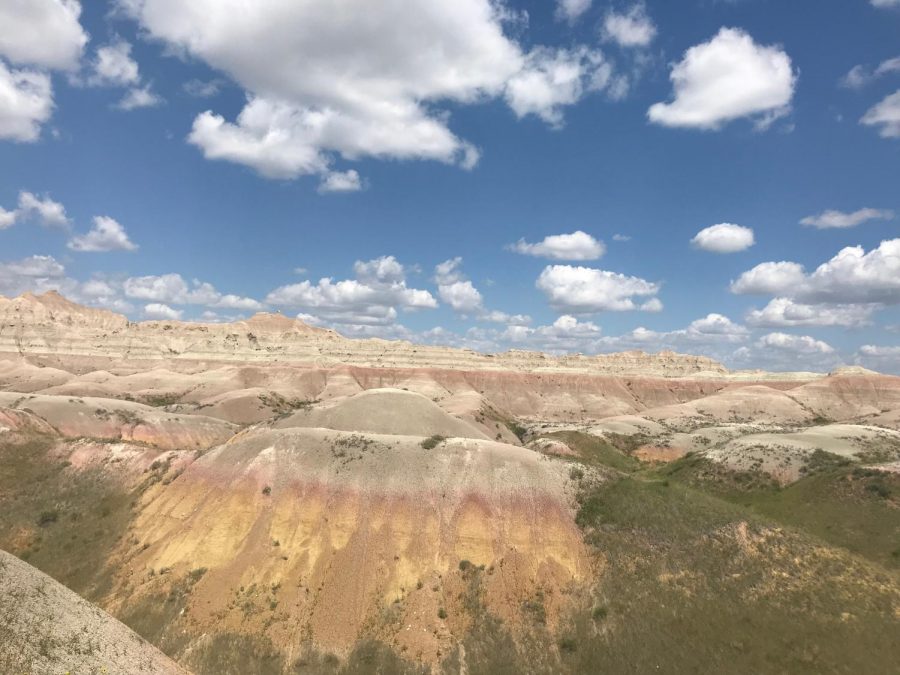
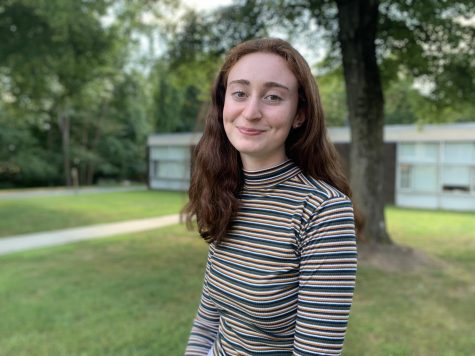

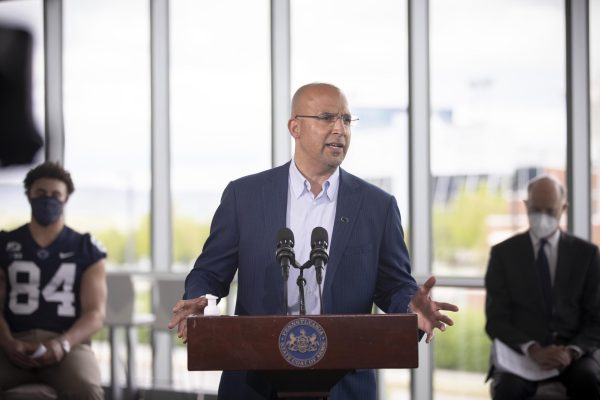
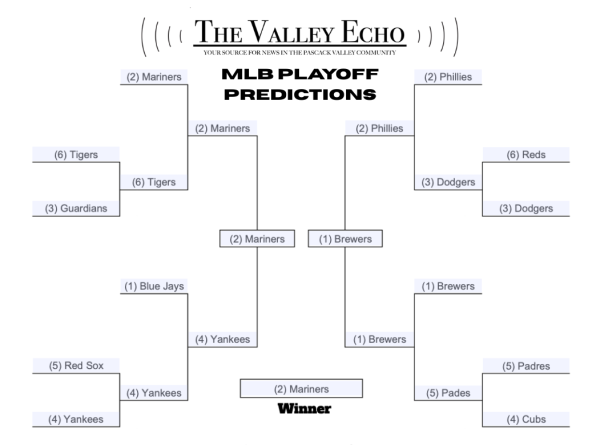



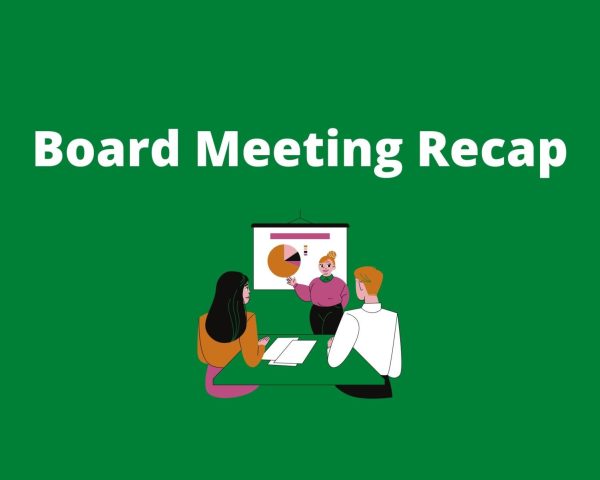
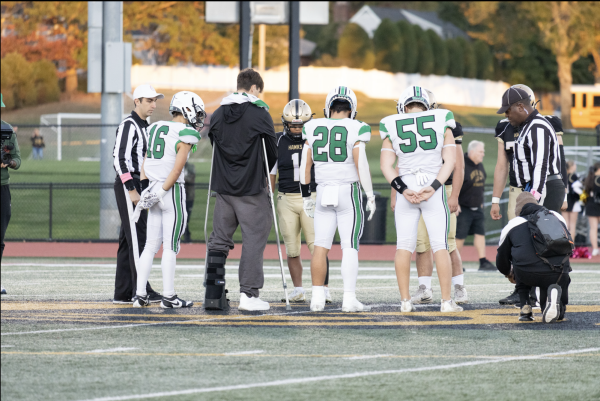

Julia Fiskin • May 9, 2019 at 10:13 am
Rachel, this is amazing!!! You really captured everything that Tiny and the other youth leaders on the reservation explained to us throughout our South Dakota trip! If I’m being honest, I did not see an issue with the PV mascot being a Native American Indian prior to the trip. Now, I see our logo, hear the slogan, “fear the Indian”, and hear the disrespectful chant at the end of Valley Cup and rather than feeling pride for our school, I see the faces of the children we had the pleasure of meeting on the reservation which, as you said, are nothing to fear. I feel like once the student body gets educated on the beautiful culture of the Native Americans, as I have, there will be change.
Kax Petkovich • May 9, 2019 at 1:28 am
I believe that it is wrong for a school team and mascot to be called the “Indians”. Imagine if our logo was instead a caricature of YOUR culture. Imagine our team name was a slur against your race, religion, or culture; Imagine our logo was a crudely drawn caricature of your race, religion, or culture. Our motto said to “fear” your race, religion, or culture. Imagine seeing those shirts, posters all over school. Imagine how that would feel for you, for your family, Just because there are little to no Native American families in our area to protest this does not mean that we should let this blatant racism and insensitivity slide. Is “school pride” for your high school really more important than being respectful of an entire race and culture?
The Administration has skirted around taking a stand on this issue for several years now. We do polls, we discuss it, it’s dropped and brought up again next year. There are many students in this school that seem to think their own sense of “school pride” is more important than respecting people that are different than you. These students should not be allowed to be the majority. The administration could change our name and mascot instantly, but have consistently avoided the issue.
By not change our mascot from a racist caricature, the administration is therefore saying the practice of disrespecting other cultures is acceptable.
For a school that is known for and has a history of racist, anti-semitic, homophobic, and cultural insensitivity issues, we should for once take an actual step towards stopping this type of behavior, instead of just listening to the choir sing Imagine and pretend we are making a change.